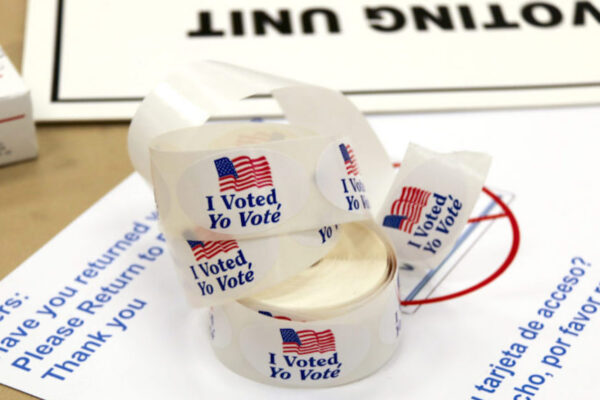An excerpt of this piece was originally published as a letter to the editor in the Denver Gazette on November 2, 2025.
When my eldest child started kindergarten almost a decade ago, I never imagined that I would be panicking and rushing to school after a shooting to find out whether my child was safe. But on May 7, 2019, at STEM School Highlands Ranch, that became my harsh reality along with the reality of hundreds of other parents in my community. That day changed everything. Having a background in public health and molecular biology, I had already been advocating for student mental health through our school accountability committee. But after the shooting, and as I witnessed youth substance abuse and suicides rise, I understood with brutal clarity that school board policies are not abstract. Policies supporting mental health and fostering inclusion and belonging in schools could be the difference between life and death.
As I dug deeper to make sense of our new reality in the wake of the shooting, I discovered significant disparities in how our district serves marginalized students, including Black, Brown, and Indigenous students, those from low-income households, LGBTQIA+ students, and students with disabilities. The disaggregated achievement data was damning, and the discipline data was worse. Without an equity policy mandating change, many of these students would continue falling through cracks. The district needed an equity policy addressing these gaps to ensure high-quality education access for every student. Only the school board could take on this challenge and have a tangible effect to improve outcomes for every student.
School boards control almost everything shaping our children's days: what books they read, how teachers address bullying, whether schools employ enough counselors to spot warning signs, and how emergencies are communicated to parents. Besides managing budgets and buildings, the school board policies shape whether kids acquire skills to think critically, whether they are exposed to challenging ideas, whether they see themselves in the curriculum or are rendered invisible.
In our polarized democracy, schools are one of the public places where children from different backgrounds still come together. The right school board leaders can make balanced, thoughtful decisions that empower entire communities. What students learn about civic engagement, critical thinking, inclusion, growth, resilience, and their own agency matters profoundly to our society's future. School boards determine whether students graduate as informed, empowered community members ready to participate in democracy or as disengaged cynics convinced their voices don't matter.
I have witnessed the despair many feel about our democracy. The media regularly reminds us that national politics seems broken beyond repair. But school boards are accessible, accountable, and changeable. While many of us obsess over the state budget and current congressional gridlock, most of us cannot name a single school board member representing us. When you research candidates, ask tough questions at candidate forums, and show up to vote in these "local" elections, even without students in the district, you're not just influencing education — you're demonstrating that democracy still works at a fundamental level. You're proving that engaged voters can shape the institutions that shape our children and our society. Our schools are crucial for building an informed, empowered community committed to civic engagement. As our country navigates uncertainty, we must stay committed and engaged in local elections. School board elections matter because grassroots democracy at the local level matters.
Before the upcoming Election Day, research every school board candidate as carefully as you would research a presidential or congressional candidate. Show up and vote, even if you don't have students in the district. And speak with others to do the same.


